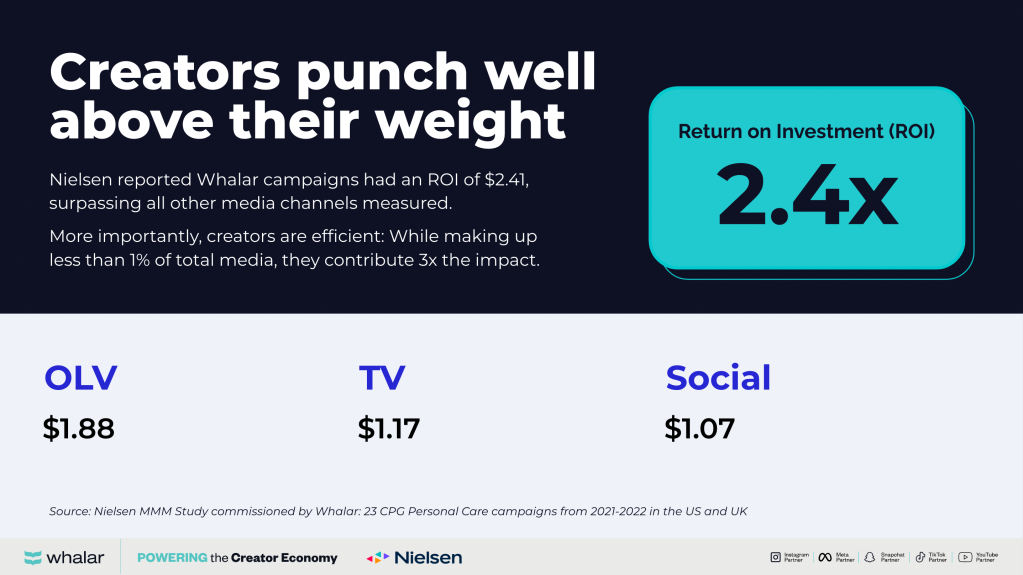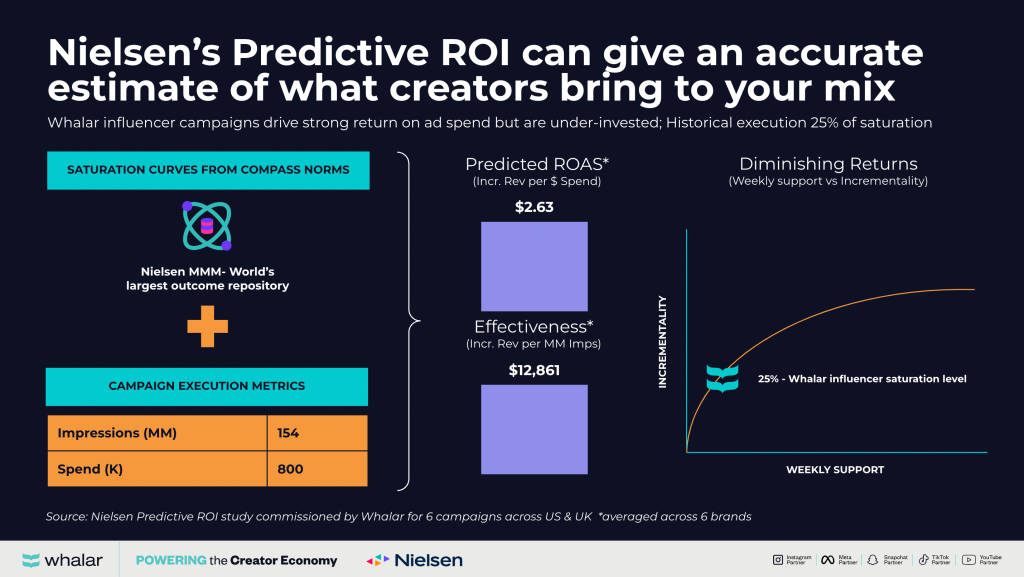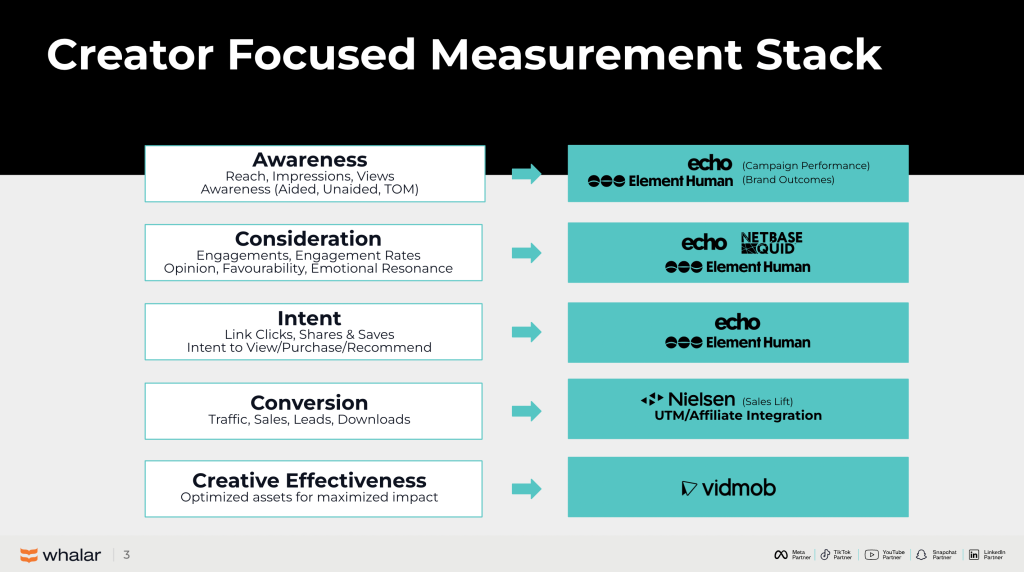Save 50% on a 3-month Digiday+ membership. Ends Dec 5.
How Whalar’s Gaz Alushi is putting the creator economy into programmatic terms

This article is part of a series covering our Programmatic Marketing Summit. More from the series →
One of the more unexpected topics discussed at the Digiday Programmatic Marketing Summit in New Orleans this week was the creator economy. But during a fireside chat with Gaz Alushi, president of measurement and analytics at creator commerce company Whalar, it turns out that influencer marketing and creator campaigns actually have the potential to be amplified and measured in a similar capacity to programmatic campaigns more so than previously realized.
Creators are “actually people who have cultivated communities. And so when we think about where these creators are building these communities, it’s not in a silo. It’s on other media channels where brands are already participating,” Alushi said during his on-stage session. “A lot of brands and marketers I work with consider creators as a PR play [but] they’re showing up right next to your ads, they’re showing up right next to all other content [audiences are] consuming.”
It’s not the lack of technology needed to automate the business that’s preventing marketers from thinking of creator campaigns as direct response opportunities, he continued. The operational silo-ization that keeps influencer marketing separate from programmatic marketing, and subsequently keeps those budgets separate, is the biggest challenge that Alushi faces when educating brands and marketers about why they should be amplifying their creator campaigns beyond the confines of a direct, one-to-one influencer relationship.
To change this, marketers need to start actively tagging creator campaigns with UTM codes on affiliate links or using pixels on the platforms, Alushi explained. Put tags on “everything that you’re doing with creators. If you are on a platform, you can measure it the same way you’re measuring your actual brand activation. And [once that happens] suddenly, we get introduced to the programmatic team.”
And the data proves it out that paid amplification of creator campaigns and adding more measurement capabilities makes the return on investment of creator campaigns higher than non-creator campaigns.
Through a media mix modeling study conducted with Nielsen between 2021 and 2022, Whalar found that creator campaigns within the CPG personal care space that were amplified had a 2.4 times higher return on investment compared to digital video, TV and social campaigns that did not incorporate creators.
Ad position: web_incontent_pos1
Additionally, when marketers use tools like Nielsen’s predictive ROI solution, they can more clearly predict the amount of paid amplification needed to help them achieve their goals based on historical data modeling, allowing them to plan their creator campaigns in a more automated way, Alushi said.
Back in 2012 when Alushi worked at Facebook, he said that the advertising business was conducted very similarly to how marketers transact within the creator economy now. Ads were only purchased through reach blocks and insertion orders and auctions, tags and pixels didn’t exist yet for the social media platform.
“Now, it’s one of the biggest platforms and one of the biggest e-commerce and [direct response] drivers on the planet,” said Alushi. And the way the creator economy is progressing, he argued that “it’s really an opportunity to start being much more scaled and much more efficient in terms of how to partner with [creators].”
But ultimately amplifying one influencer deal isn’t going to be enough to cut the mustard, even with all the measurement tags in the world. When it comes down to it, impactful scale comes from knowing the specific community that is relevant to a brand’s ethos and finding the appropriate creators that exist within that environment.
“It’s not [about finding] a female head of household anymore [or] a male 18-to-24. [These creator communities allow marketers] to find people who are actually into automotive repair [or] woodworking, but they [also] want to find a makeup tutorial and a hairstyle that works for them. The wild sub-communities at scale have actually surprised me,” said Alushi.
Ad position: web_incontent_pos2
And the piece of advice Alushi left with the programmatic marketers in the audience was not to let creator campaigns peter out after the initial run is done. “Start small. Test and learn. Identify a [client] to say, ‘The content is made, you already know it works, why are you letting it die?’ There’s an opportunity to scale this efficiently in front of eyeballs off the platforms, because we know the content is good,” he said.
More in Marketing

Ulta, Best Buy and Adidas dominate AI holiday shopping mentions
The brands that are seeing the biggest boost from this shift in consumer behavior are some of the biggest retailers.

U.K. retailer Boots leads brand efforts to invest in ad creative’s data layer
For media dollars to make an impact, brands need ad creative that actually hits. More CMOs are investing in pre- and post-flight measurement.

‘AI is permeating everything we do’: How Guitar Center developed 2 AI tools this year
This summer, the company launched a chatbot called Rig Advisor to help customers find the right instruments and products.
Ad position: web_bfu






